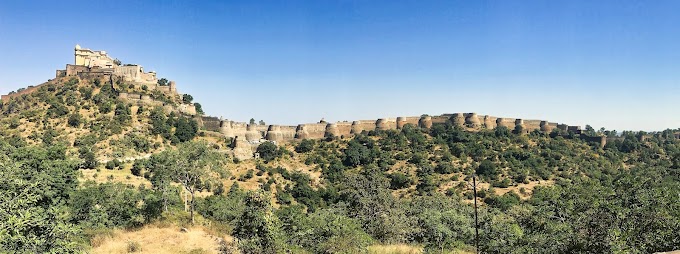The concept of Sasquatch, or Bigfoot, has long been a subject of folklore and debate. While many consider it a myth, exploring the potential ecological role such a creature could play in its habitat offers intriguing insights into biodiversity and ecosystem dynamics. This post examines how a creature like Sasquatch might interact with its environment, drawing from ecological principles and existing wildlife behavior.
Habitat Requirements
Sasquatch is often described as a large, bipedal primate-like creature, typically reported in remote forested areas of North America, especially the Pacific Northwest. These regions are characterized by dense vegetation and abundant wildlife, making them ideal for a large mammal that would require significant resources for survival.
-Food Sources: A creature of this size would likely be an omnivore, feeding on a variety of plants, fruits, nuts, and small to medium-sized animals. This dietary flexibility would allow it to adapt to seasonal changes in food availability.
-Shelter: Sasquatch would need substantial cover to remain hidden from humans and predators. Dense forests with ample underbrush and tree cover would provide both shelter and hunting grounds.
Ecological Impact
If Sasquatch were to exist, its presence could have several ecological implications:
1. Predator-Prey Dynamics: As a large omnivore, Sasquatch could influence local predator-prey relationships. Its diet might include deer or smaller mammals, potentially impacting their populations. This dynamic is crucial in maintaining the balance within the ecosystem.
2. Seed Dispersal: Similar to bears and other large mammals, Sasquatch could play a role in seed dispersal through its foraging habits. By consuming fruits and subsequently excreting seeds across vast areas, it could contribute to forest regeneration and biodiversity.
3. Habitat Maintenance: Large mammals often create pathways through dense vegetation, which can benefit other species by improving access to resources. Sasquatch could inadvertently help maintain trails that other wildlife might use.
Conservation Considerations
Interestingly, the idea of Sasquatch has been co-opted into environmental advocacy efforts. Organizations like Oregon Wild leverage the legend to promote conservation initiatives aimed at preserving vast stretches of wilderness necessary for maintaining biodiversity:
-Protection of Wilderness Areas: The belief in Sasquatch underscores the importance of protecting remote forests where such creatures are said to roam. Conservation efforts that prioritize these habitats can benefit not only mythical creatures but also real wildlife populations.
-Public Engagement: The fascination with Sasquatch can serve as an entry point for educating the public about the importance of wilderness conservation. By fostering interest in this legendary creature, advocates can draw attention to the need for preserving natural habitats.
Cultural Significance
Sasquatch is not just an ecological entity; it also holds cultural significance for many Indigenous peoples in North America. For instance, the Sts'ailes First Nation considers Sasquatch sacred, intertwining its existence with spiritual beliefs and traditional stories. This cultural perspective emphasizes the interconnectedness of humans and nature:
- **Symbolism**: Beyond its physical presence, Sasquatch symbolizes the mystery of nature and serves as a reminder of the importance of preserving wild spaces.
- **Community Engagement**: The lore surrounding Sasquatch can foster community involvement in conservation efforts by linking local culture with environmental stewardship.
Conclusion
While the existence of Sasquatch remains unverified, contemplating its ecological role provides valuable insights into habitat dynamics and conservation needs. Whether viewed through a scientific lens or cultural perspective, the legend of Sasquatch encourages discussions about biodiversity and the importance of protecting our natural environments for future generations.
In summary, whether mythical or real, creatures like Sasquatch highlight the intricate relationships within ecosystems and the ongoing need for conservation efforts that protect our planet's diverse habitats.
Citations:
[1] https://www.newscientist.com/article/dn17415-bigfoots-likely-haunts-revealed/
[2] https://www.usda.gov/media/blog/2015/04/01/loss-space-threatening-north-american-sasquatch
[3] https://oregonwild.org/resource/sasquatch/
[4] https://www.bbc.com/travel/article/20220720-the-true-origin-of-sasquatch
[5] https://en.wikipedia.org/wiki/Bigfoot
[6] https://blogs.loc.gov/folklife/2024/05/on-the-trail-of-bigfoot-in-the-library-of-congress/
[7] https://www.livescience.com/most-famous-bigfoot-sightings
[8] https://www.youtube.com/watch?v=rdneevYAwfc






0 Comments